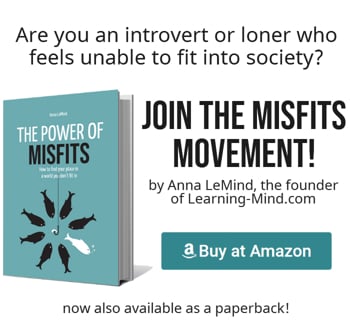The transtheoretical model of behaviour is a new theory that is being applied to many aspects of therapy. This behaviour model looks into new techniques someone has learned within a controlled environment. It then assesses whether or not they are prepared to use that technique in their everyday lives.
The transtheoretical model deals with various constructs along the way.
This includes processes of change, levels of changes, self-efficacy, and decisional balance. The transtheoretical model is sometimes also referred to by the abbreviation TTM within medical journals. It is also sometimes referred to as a ‘stages of change’ programme, although this is a simplification. The stages of changes only make up a part of the entire model.
Since its inception, many self-help books have discussed the model, as well as a number of articles in medical journals. Many people refer to it as one of the dominant models of therapeutic behaviour. While the transtheoretical model has provided much food for thought in research, it has also attracted its own fair share of criticism.
The transtheoretical model is one that features a number of different stages of behaviour.
It is these stages that make the model particularly useful for therapy. The entire concept is based around diagnosing separate stages. The separate stages are then used to determine when one person or another is ready to move into implementing their new behaviours.
1. Pre-contemplating\Not ready
At this stage of the transtheoretical model, the patient may not be in a place where they can implement any new behaviours. Indeed, at this stage of the process, they might not be aware that such implementation is necessary.
2. Contemplation\getting ready
This stage sees the first realization that certain behaviours may be problematic. People may not be able to fully move into making real changes. However, they might now be ready to look at their behaviour, and see the changes that they need to make.
3. Preparation\ready
This stage sees people who know the problems with their behaviour. While they are not yet at a stage where they can make changes, they are able to begin the process which will get things going.
4. Action
This is the point in the transtheoretical model where people actively begin to make the changes to their behaviour in the real world. Previously, they will only have been modelling these behaviours in the therapeutic bubble.
5. Maintenance
At this point in the transtheoretical model, somebody has made changes to their behaviour. They have also been able to sustain them without any problems. Work at this point will change to avoiding relapses to the previous problematic behaviour.
6. Termination
At this point in the transtheoretical model, many therapists would consider their work to be finished. The patient has successfully changed their behaviour to the extent that most people would not consider them to be in any danger of relapse.
Some research does include another stage of the model – that of relapse. Relapse is where someone ends up going back to their previous destructive behaviours. It can also refer to them regressing to a point where they need to be monitored. This is not part of the official transtheoretical model, although some people do find it useful.
How can I use it?
The transtheoretical model is not something that is confined to a purely therapeutic environment. Many people can and have used it themselves in order to change the way they think and behave in everyday situations.
If you want to have a hand in changing any part of your behaviour, this model could be for you.
Say you have a bad habit of gossiping.
You could use the transtheoretical model to change that behaviour, and instead substitute a new and less destructive behaviour of complimenting people instead.
The model is perhaps best done with somebody monitoring you, so that you have both accountability and help when you need it, but if you are able to be brutally honest with yourself, it is possible to go it alone.
The first step is to define the behaviour – in this case gossiping – and isolate it. Determine what circumstances make it happen, and pay attention.
This is the first step, and at this point, you should focus all your attention on simply seeing and cataloguing your behaviours, and when they happen.
Once you have thoroughly checked when gossiping happens, and why it happens, you are ready to move onto the next step. This stage of the model has you find out which behaviours you specifically want to change, and how you will do that.
At this point, you might find yourself in need of some outside help. Unless you are very self-aware, it can be easy to slip back into your old behavioural patterns and habits. Having outside assistance means that you can work together to find ways that that person can catch your attention if you begin to revert to type.
The final stages of the transtheoretical model will have you actively moving to implement new behaviours and avoid old ones. This is the point where you move away from working to find new behaviours\ways to avoid old behaviours. Instead, you actively work on ways to avoid relapsing into the way you were.
This last part is the most difficult part of transtheoretical models, at least when it comes to moving from theory to practice. Sometimes implementing new behaviours will mean changing who you work with, or who you are friends with. It isn’t always going to be easy.
References:





Interesting presentation and as detailed as any therapist would want to keep a client coming back. Our society has become so complex that, believe it or not, I actually saw an article discussing the correct way to peal a banana! The ridiculous to the sublime. I’m really trying to simplify my life now that I am older.